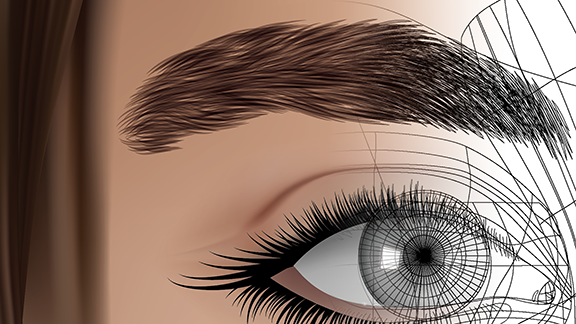

Extended file compatibility including AAC and MP3 read and write support.Direct exchange of audio files with Cubase and Nuendo*.Automatic error correction tools for removing unwanted noise.High-quality SoX-based Resampler for resampled playback and rendering.New, redesigned master section with up to 5 effect slots.Innovative windows docking system that allows for a flexible and easy window handling.MasterRig plug-in suite including 5 plug-in modules: EQ, Compressor, Limiter, Saturator and Imager.Revolutionary new user interface allowing for an incomparably fast and convenient workflow.Based on the approved WaveLab Pro mastering solution, the WaveLab Elements highlights proven editing and analysis tools, a valuable selection of restoration and mastering plug-ins, a CD burning engine and much more - all accessible through an intuitive user interface. That’s how you export a video in DaVinci Resolve.WaveLab Elements is an audio editing and mastering software, perfectly tailored to hobby musicians, radio freelancers and home studio owners. Adjust the format, codec, and quality to best suit the delivery location, and make sure the resolution and frame rate matches your project settings.Set the Filename and Destination Location.Enter the Delivery page and review your footage one final time using the timeline viewer, if you haven’t done so already.Then, over on the render queue panel, we’re ready to hit Start Render. When all is said and done, you can hit Add To Render Queue in the Render Settings panel. Instead of the Entire Timeline option, select Render In and Out Range, which will create a shortened area to export. From YouTube upload or Audio-only, the presets are perfect for quick exports. If you’re brand new to editing and still feel unsure about adjusting the parameters, Resolve will help you streamline that process with a set of one-click presets. Let’s head to our first pit stop - the render panel. However, we can’t make any adjustments whatsoever. And underneath is our timeline, which mirrors the timeline found on the edit page. On the right, we have our render queue where the selected clips put out to render will be placed and where we’ll finally hit render. So, please take note that it operates slightly different.) (However, it’s important to note that, unlike the editing page where the scrubbing tool scrubs through the entire timeline quickly, it only scrubs through the clip. In the center, we have our preview monitor where we can watch back the edit one final time before hitting render. In this panel, we’ll set all the parameters for how we want our video to be rendered. To the left, we have our render settings. Resolve’s edit page is entirely devoted to rendering your content.


 0 kommentar(er)
0 kommentar(er)
